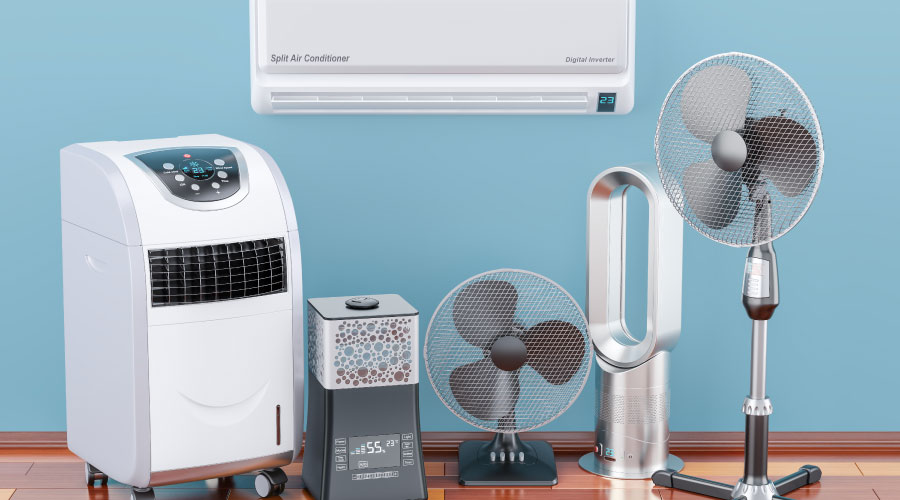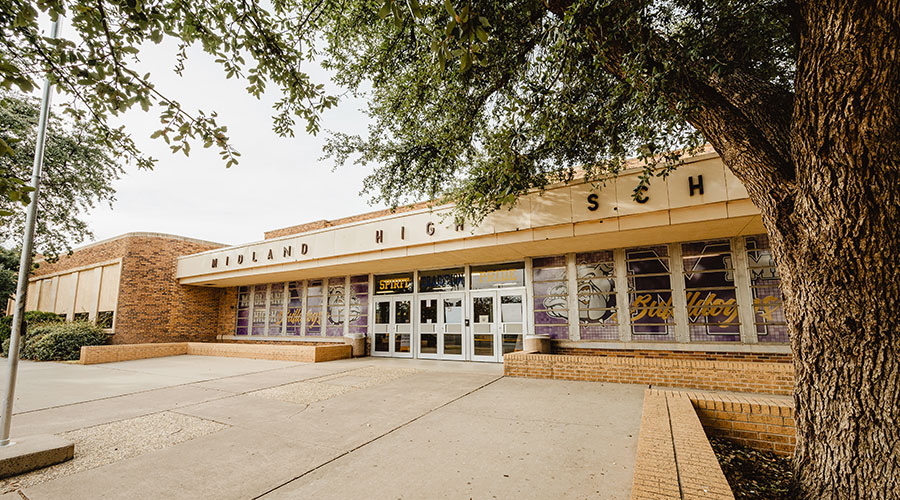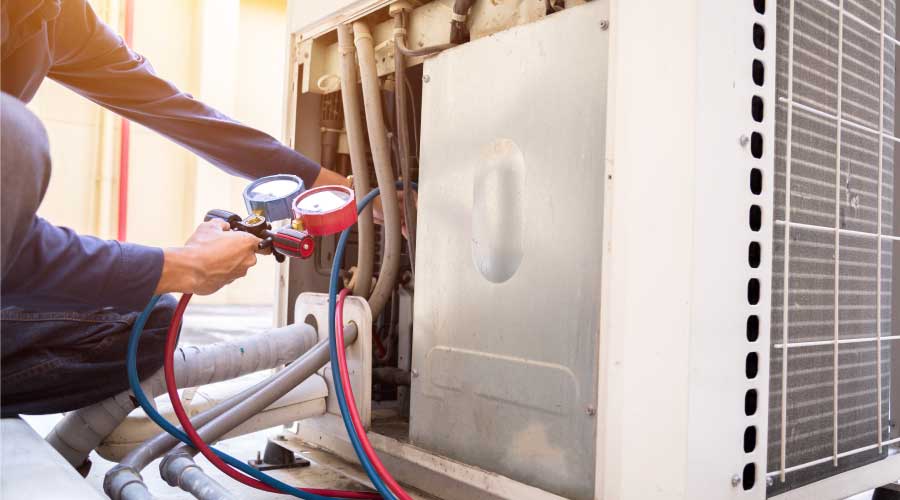Water Contamination from Hurricane Sandy Damages Boilers
During Hurricane Sandy and its aftermath in October 2012, extensive flooding occurred in many neighborhoods in New York City and throughout the metropolitan area. During the event, seawater penetrated extensively throughout city streets, and in many cases several blocks from the actual coastline and known flood-prone areas.
We use the term seawater lightly because the contents and quality of the floodwater was unknown. It most likely consisted of high levels of pollutants and sediment. Researching water quality almost two years after the event, we were unable to determine the contaminants officially present in the flooding. As a result of the storm, many of the buildings in these neighborhoods experienced unprecedented levels of flooding into ground-floor and below-ground spaces, including boiler rooms.
To provide an overall idea of an acceptable industry level of sediment in boiler systems, the American Society of Mechanical Engineers (ASME) suggests the internal cleaning of newly installed boilers "in order to remove grease and other organic matter, rust and loose mill scale, protective coatings applied by the manufacturer to prevent atmospheric corrosion, welding flux, and all other foreign matter normally incident to fabrication and erection", according to ASME Section VII, Subsection C8, Control of Internal Chemical Conditions.
Post-Sandy, we investigated various schools and apartment buildings owned and operated by New York City and found that boilers in these affected buildings, typically located in below-ground boiler rooms, had been contaminated seawater. The level of seawater and overall building damage varied extensively by building based on the various factors, including flood zone, drainage, and hardscape. Some of these areas were submerged only partially, while others were completely submerged as the water level reached the ceilings of the affected boiler rooms.
After the storm and active flooding subsided, building operators pumped the flood waters out of the damaged areas. New York City inspectors investigated the affected boilers and determined technicians should not return any electrical devices — such as motors, controls, power supplies, and connections — or non-electric safety devices and associated instrumentation — such as level controls, pressure relief valves, and pressure gauges — to service.
These components could not be reconditioned effectively to ensure safe, reliable service. As a result, they required replacement. But investigators could not determine the condition of the associated pressure vessels, and that is where our work began
Throughout the winter following Hurricane Sandy, temporary boilers and electric heaters provided heat to many of these buildings. As a result, they did not require immediate investigation. Unfortunately, most of the existing boilers were left in place for several months and undisturbed throughout the heating season until building officials could decide whether to clean, re-furbish and restore them to service, or to replace them.
Some boiler rooms sustained heavy damage. In one school affected by the storm, the entire basement, including the boiler room, flooded to the ceiling. This situation was typical of about 50 percent of buildings visited. The flooding was so extensive that part of the basement slab had heaved due to the water pressure underneath.
Related Topics:














